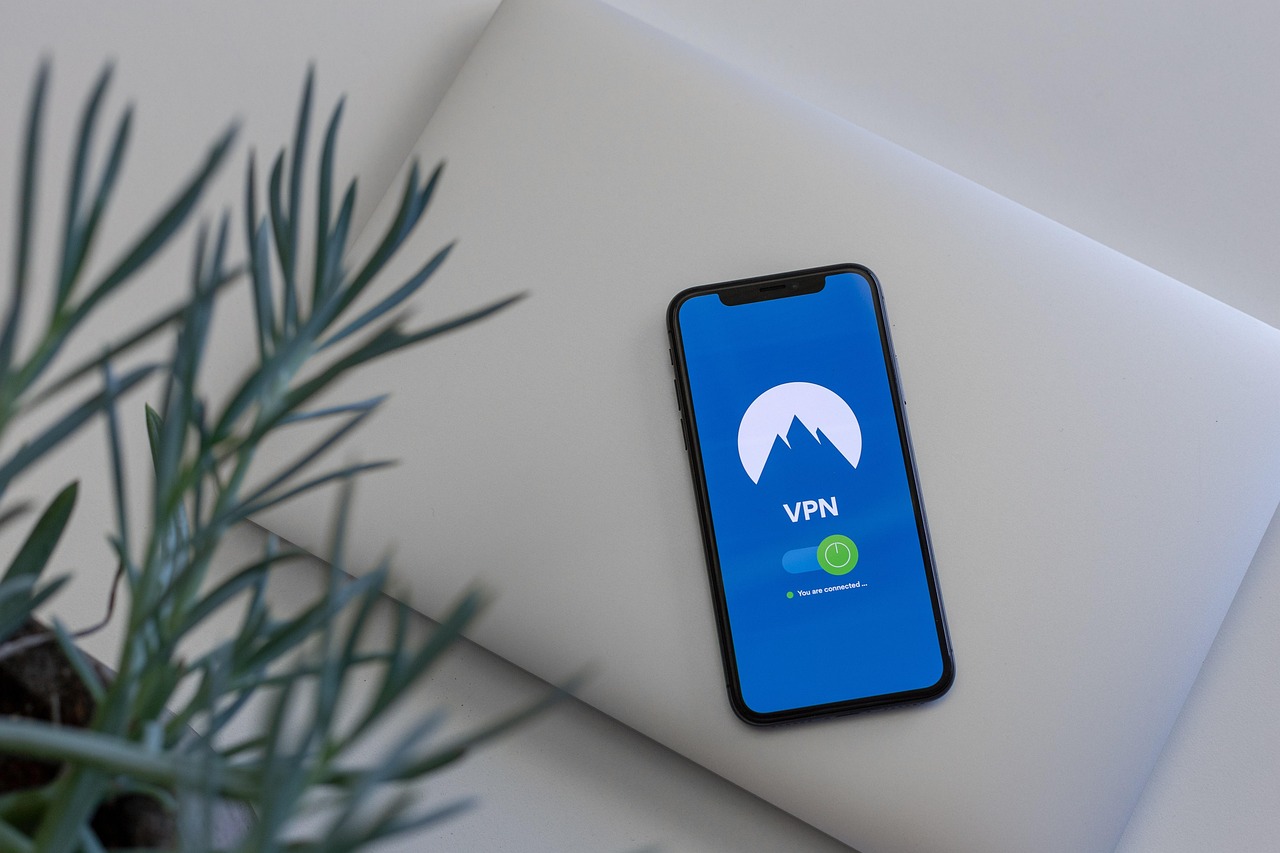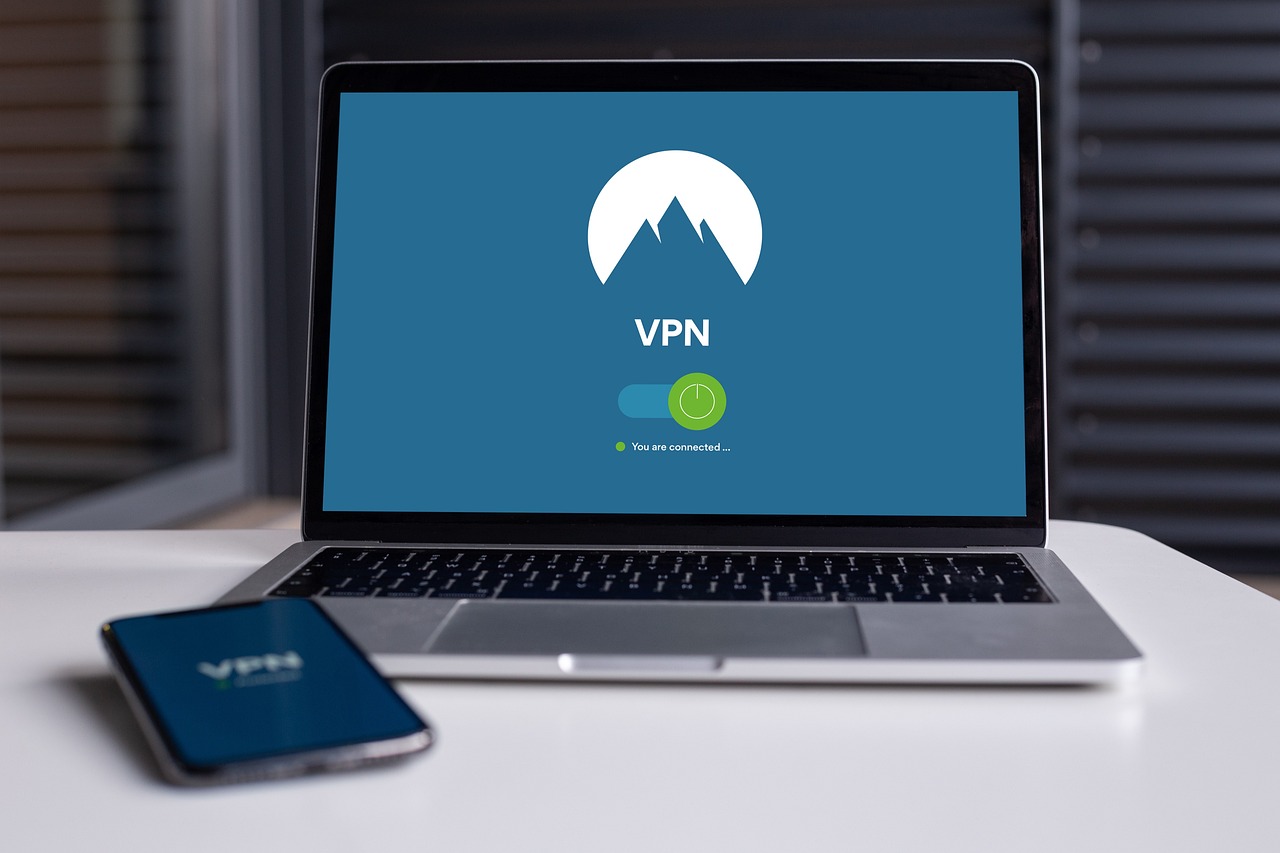
Patch Debt: Paying Securitys Interest, One Update.
Security patching is the unsung hero of cybersecurity, quietly working behind the scenes to keep our digital lives safe. It's the constant process of identifying, addressing, and eliminating vulnerabilities in software and systems – a critical task that often gets overlooked until disaster strikes. Understanding the importance of security patching, and implementing a robust patching strategy, is paramount for individuals and organizations alike in today's threat landscape. Neglecting this essential practice leaves you exposed to a wide range of cyber threats, potentially leading to data breaches, financial losses, and reputational damage.
What is Security Patching?
Defining Security Patches
Security patches are essentially updates or fixes released by software vendors to address known vuln...









